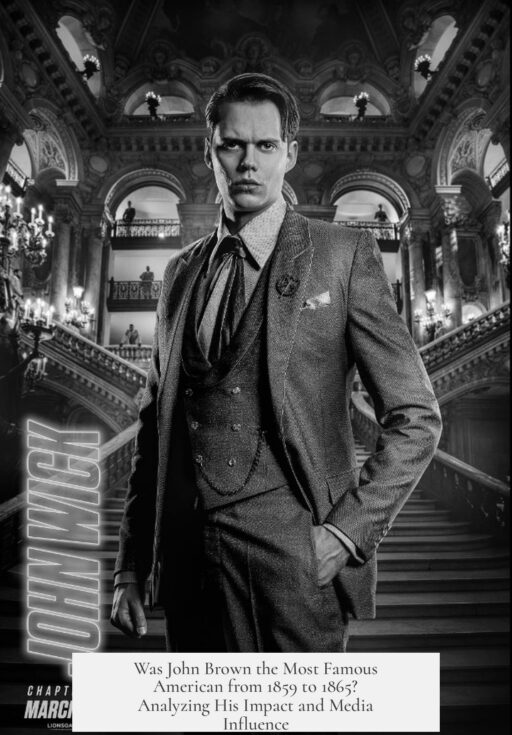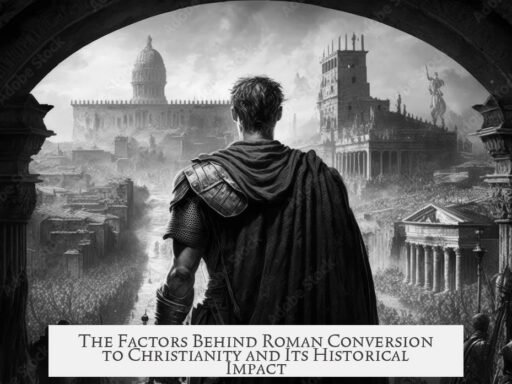John Brown was indeed one of the most famous Americans between 1859 and 1865, although calling him the single “most famous” is debatable. His notoriety surged quickly after his 1859 raid on Harper’s Ferry, which sparked a national sensation that kept him prominently in public discourse through the Civil War.
Before Brown’s dramatic raid, he was known regionally for his violent actions in Kansas during the “Bleeding Kansas” conflicts. When the Harper’s Ferry raid failed, Brown’s capture, trial, and execution became a public spectacle. Newspapers across the United States and abroad covered the events in detail. This media exposure thrust Brown onto the national stage as a symbol of the escalating sectional conflict over slavery.
Newspapers played a vital role in spreading Brown’s fame. They published numerous debates over his motives, sanity, and legacy while he was alive and after his execution in December 1859. Readers eagerly followed his public letters and trial proceedings, treating them as gripping political drama. This coverage created a widespread public interest that extended beyond abolitionist circles into mainstream politics.
Several influential writers and intellectuals helped amplify Brown’s fame. Literary figures like Ralph Waldo Emerson and Henry David Thoreau praised his moral courage. Emerson famously called Brown “the meteor,” highlighting his explosive, transformative impact on the national conscience. Even European authors such as Victor Hugo commented on his actions, making Brown an international figure of resistance against slavery. These endorsements boosted Brown’s reputation, especially in the North, framing him as a martyr for human freedom.
The political climate of 1860 further elevated Brown’s profile. His raid and trial became central topics during a highly contentious presidential election. Politicians across the spectrum were forced to address Brown’s legacy and the broader issue of slavery. Abraham Lincoln publicly distanced the Republican Party from Brown’s violent tactics but acknowledged his role in heightening national tensions.
To the South, Brown’s raid was a terrifying confirmation of their worst fears: a Northern conspiracy to incite a widespread slave uprising. This alarm intensified regional divisions, helping set the stage for secession and the Civil War. In contrast, many Northerners saw Brown as a radical hero willing to fight for abolition.
After Brown’s execution, his symbolic influence persisted throughout the Civil War. However, once the war ended and Reconstruction began, public memory of Brown shifted. The framing of Brown as a lunatic or fanatic gained traction, leading to a decline in his popular regard. His sons and supporters tried to defend his legacy, but over time, Brown receded from mainstream public consciousness. Early twentieth-century historians like W.E.B. Du Bois noted this fading memory in their work.
Fame in the mid-19th century spread primarily through newspapers, public speeches, and literary endorsements rather than modern mass media. Trials and political events generated public spectacles that drew large crowds and intense press coverage. Publications were key in shaping opinions and creating hero or villain narratives. Intellectuals and authors acted as opinion leaders who could cast historical figures in symbolic roles.
| Factor | Role in Spreading John Brown’s Fame |
|---|---|
| Newspaper Coverage | Detailed reports on raid, trial, and execution provoked public debates nationwide |
| Literary Support | Writers like Emerson and Thoreau framed Brown as a martyr and hero |
| Political Discourse | Election campaigns forced consideration of Brown’s actions as part of slavery debate |
| Public Trials | Brown’s trial became a media event that attracted widespread attention |
- John Brown ranked among the most famous Americans during 1859-1865 but was not necessarily the top figure.
- His 1859 Harper’s Ferry raid catapulted him into national and international fame fueled by intense media coverage.
- Prominent writers and intellectuals elevated his image as a martyr against slavery.
- Newspapers and public trials served as primary channels for spreading fame in this period.
- Political events like the 1860 election kept Brown in public debates throughout the Civil War.
- Fame waned after Reconstruction as public perceptions shifted and his legacy became contested.
Was John Brown Really the Most Famous American Between 1859 and 1865?
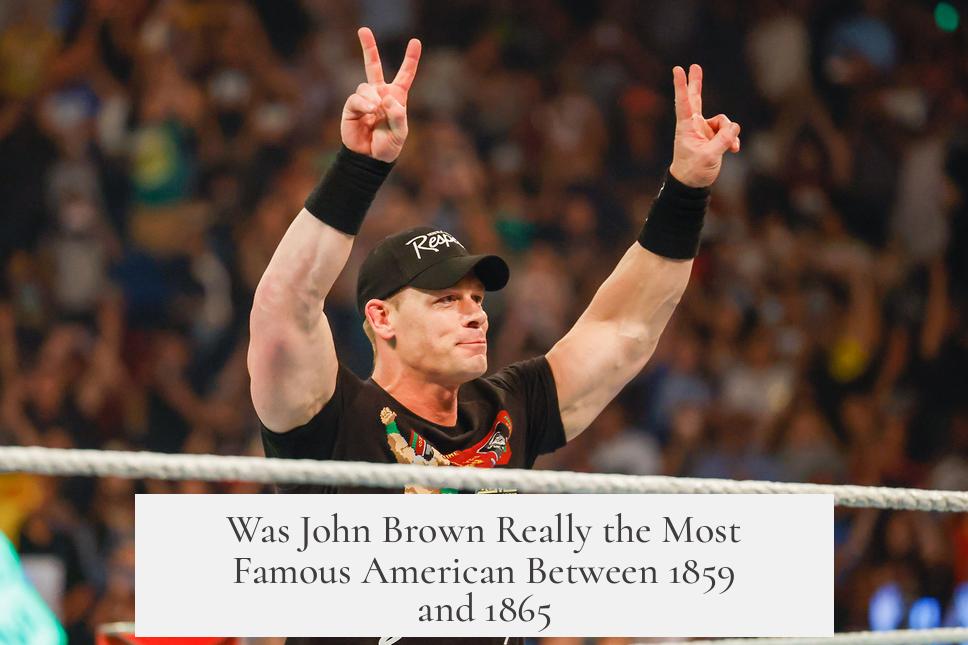
In short: John Brown was certainly one of the most famous Americans during that time, but calling him the “most famous” is a stretch. While his dramatic raid on Harper’s Ferry in 1859 catapulted him into the national spotlight, other figures like Frederick Douglass, William Lloyd Garrison, and after 1861, Abraham Lincoln arguably matched or even exceeded his fame.
But how famous was John Brown, really? And how did messages spread back then without Instagram or Twitter to light the fire?
John Brown’s Fame: From Raid to Reaction
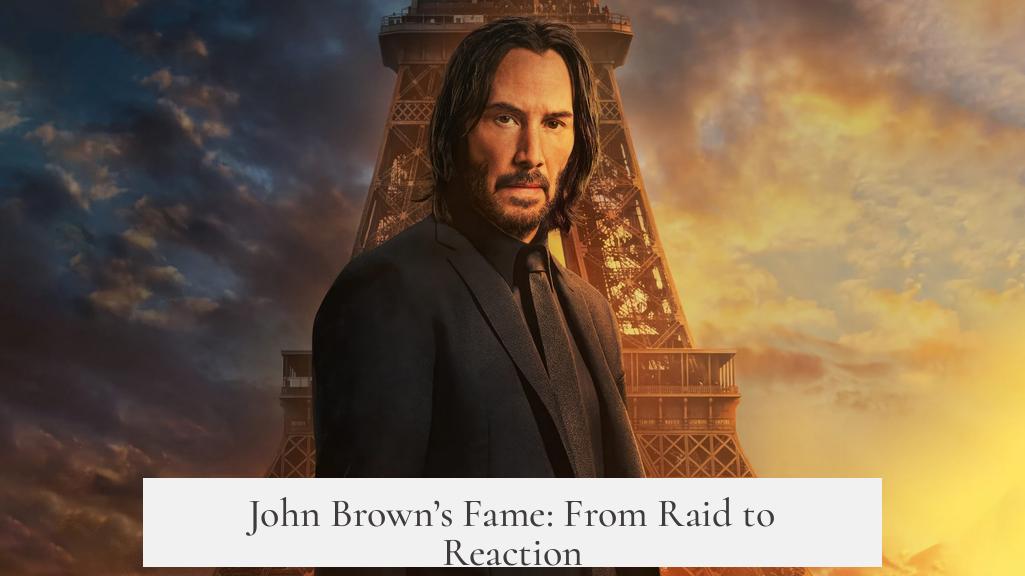
John Brown’s raid on Harper’s Ferry was nothing short of sensational. It was 1859, and the abolitionist’s plan to ignite a slave uprising was bold—and controversial. When the raid failed and Brown was captured, the nation’s attention turned sharply to him.
During the month between his capture and his execution on December 2, 1859, Brown penned letters to supporters, critics, and newspapers, sparking widespread public debate about his motives and sanity. Newspapers became the main battlefield for opinions. People argued fiercely: Was Brown a hero, a madman, or a terrorist? His trial turned into an event not unlike a modern-day media circus, with martial law declared in the county to maintain order and special railroad restrictions in place. Imagine that kind of lockdown for a trial today!
But Brown’s fame wasn’t only about the raid. His earlier actions in “Bleeding Kansas,” where he violently clashed with pro-slavery forces, added fuel to the fire, cementing his reputation as a fearless—and feared—abolitionist warrior.
The Celebrities of Their Day: How Writers Helped Build Brown’s Legend

No Twitter thread or viral TikTok was needed for Brown’s name to spread across America and even overseas. The celebrated authors and intellectuals of the era did much of that heavy lifting. The likes of Henry David Thoreau, Ralph Waldo Emerson, and even Victor Hugo in France wrote eloquent defenses of Brown, transforming him from a mere raider into a symbol of moral courage.
Their writings elevated Brown’s stature from radical to martyr. Emerson famously remarked that Brown’s death was a form of “hero’s martyrdom.” This support wasn’t just literary fanfare; it effectively shaped public perception and infused political discourse with urgency and moral weight.
Politics & Public Debate: How John Brown Influenced the 1860 Election

The timing of Brown’s execution proved politically explosive. As the 1860 presidential election heated up, every political party had to reckon with his legacy. Southern states saw him as the embodiment of their worst fears—a Northern invader keen to destroy their social order. His raid echoed the Haitian Revolution, a nightmare for Southern slaveholders. Northerners, by contrast, were divided between sympathizing with his anti-slavery stance and distancing themselves politically.
Even Abraham Lincoln entered the conversation, addressing John Brown in his famous Cooper Union speech of 1860:
“You charge that we stir up insurrections among your slaves. We deny it; and what is your proof? Harper’s Ferry! John Brown!! John Brown was no Republican; and you have failed to implicate a single Republican in his Harper’s Ferry enterprise…”
This speech shows how central Brown was in political dialogue. Lincoln was careful to separate his Republican Party from Brown’s violence, yet couldn’t escape the necessity of addressing Brown at all.
How Fame Worked Before Social Media: The Spread of John Brown’s Story
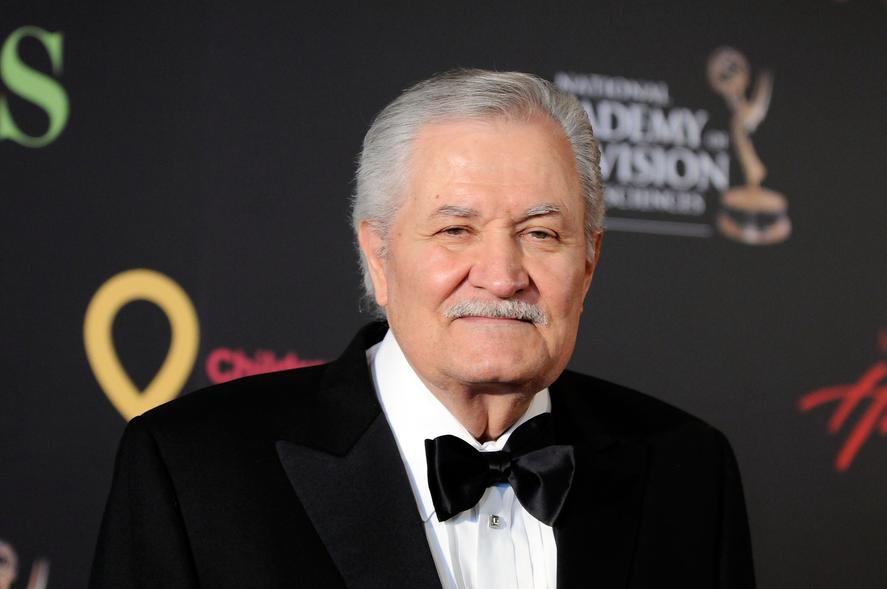
Let’s be real. Spreading news from coast to coast in the 1859-1865 era wasn’t like hitting “send” on an email. Fame traveled slowly by newspapers, books, public speeches, and letters. People read debates on Brown’s sanity, motives, and legacy in print. We’re talking about an era when the telegraph was the fastest communication—but still had limits.
Newspapers published countless editorials and open letters, some from Brown himself. People gathered in public squares, churches, and political meetings to argue his case. His trial, much like a blockbuster event, was covered extensively in the press, drawing national curiosity and emotional investment.
On top of that, respected thinkers writing powerful pieces created ripple effects that crossed borders. Brown became a topic not just for American homes but also for European readers, thanks to Victor Hugo and others. This kind of literary celebrity helped cement Brown’s image as a martyr for freedom.
After the Headlines: John Brown’s Legacy
Despite his immense fame during that short, fiery period, Brown’s prominence didn’t last forever. During and after Reconstruction, public views tilted towards seeing him as a fanatic—“the lunatic” narrative grew dominant. His sons fought hard to maintain his heroic image but struggled against shifting political and social tides.
By the early 20th century, historian W.E.B. Du Bois observed that John Brown was fading from public memory. His fame had “fallen out of the public consciousness,” a common fate for many 19th-century figures who had once gripped the nation’s attention like no other.
What Does This Mean Today?
So, was John Brown the most famous American between 1859 and 1865? Technically no—but he was undeniably one of the most famous. He lit a political and cultural fire that intensified debates over slavery and justice, influencing events leading to the Civil War.
Understanding how fame operated then teaches us a lot about how individuals shaped history and public opinion without modern media tools. It also reminds us how fame can be fleeting, even for the most potent symbols.
Next time you hear claims about historical fame, remember: fame is a moving target. It depends on who’s telling the story and how the story spreads—whether by letter, newspaper, or influencer tweet.
Further Reading
- Gary Alan Fine“John Brown’s Body: Elites, Heroic Embodiment, and the Legitimation of Political Violence” – Explores how elites shaped Brown’s public image.
- Amanda Benigni, “From Man to Meteor: Nineteenth Century American Writers and the Figure of John Brown” – A deep dive into literary contributions to Brown’s legend.
